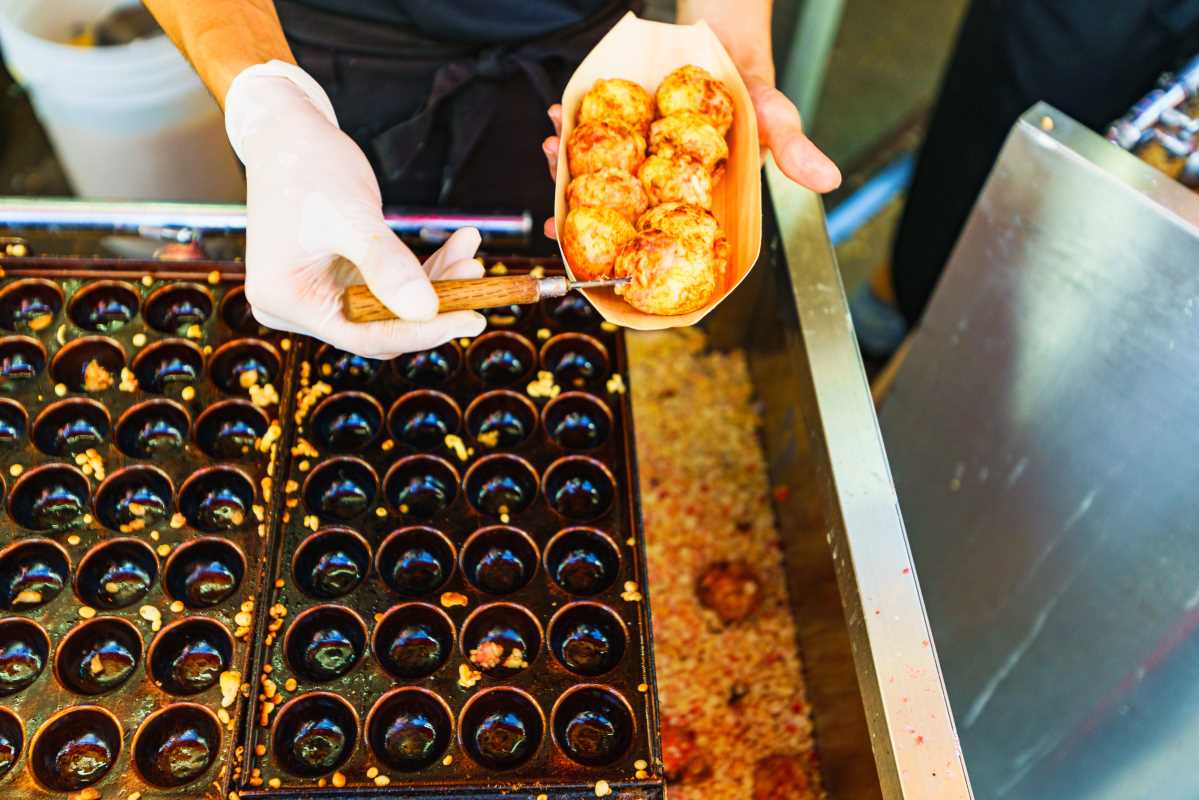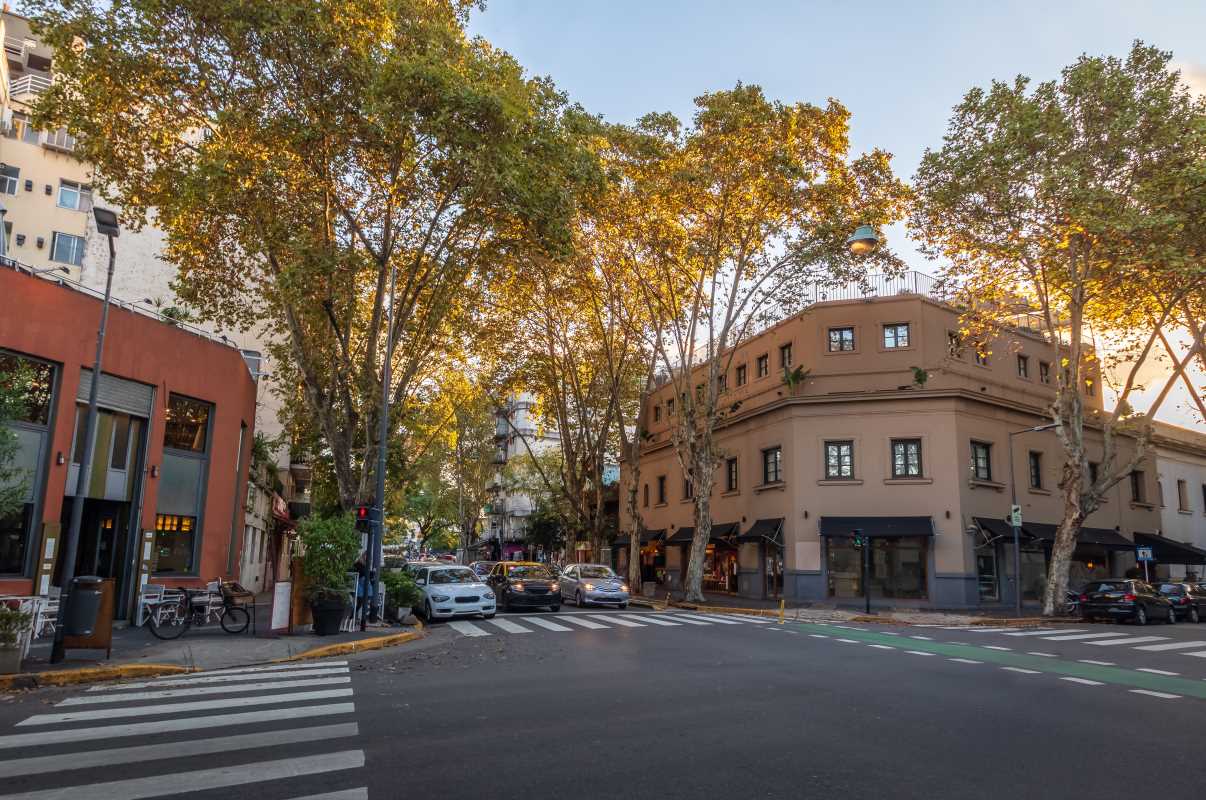Step into the vibrant, soulful heart of Louisiana, where the air is thick with humidity, the sound of jazz drifts from open doorways, and the aroma of rich, complex spices promises a feast for the senses. This is the world of Creole cuisine, a culinary tradition born in the melting pot of New Orleans and perfected over centuries. More than just a style of cooking, Creole food is a story told on a plate—a delicious narrative of history, culture, and the art of transforming diverse influences into something uniquely and unforgettably Louisianan.
A Rich and Complex History on a Plate
To understand Creole cuisine, you have to understand the history of New Orleans itself. The term "Creole" originally referred to people of European descent who were born in the colonies, distinguishing them from those born in Europe. Over time, it grew to encompass the rich mix of cultures that converged in this bustling port city. Creole cuisine is the direct result of this extraordinary cultural fusion.
Think of it as a culinary gumbo, with each ingredient representing a different part of the world:
- French Roots: The foundation of Creole cooking comes from classical French techniques. The use of rich stocks, mother sauces like béchamel, and an emphasis on slow, careful preparation are all part of this heritage.
- Spanish Influence: The Spanish brought tomatoes, peppers, and spices, adding a vibrant and zesty layer to the cuisine. Their love for rice dishes, like paella, helped inspire jambalaya.
- West African Soul: Enslaved Africans introduced crucial ingredients like okra and yams, as well as cooking techniques such as stewing and deep-frying. Their culinary ingenuity and ability to create incredible flavor from humble ingredients are at the very heart of Creole food.
- Caribbean Flair: Proximity to the Caribbean islands brought a love for tropical fruits, allspice, and a certain sweet-and-spicy dynamic to the flavor profile.
- Native American Contributions: Local tribes introduced native ingredients like filé powder (ground sassafras leaves), which is used to thicken and flavor gumbo.
Unlike its more rustic cousin, Cajun cuisine, which developed in the rural countryside, Creole cooking is often described as "city food." It was developed in the grand homes and restaurants of New Orleans, where chefs had access to a wider variety of ingredients and the time to create more refined and complex dishes.
The Holy Trinity and Other Cornerstones
Every great cuisine has its foundational elements, and for Creole cooking, it all starts with the "Holy Trinity." This isn't a religious concept, but rather the sacred combination of three aromatic vegetables that form the flavor base for countless dishes.
The Holy Trinity:
- Onions
- Bell Peppers (usually green)
- Celery
This trio, a Louisiana adaptation of the French mirepoix (which uses carrots instead of bell peppers), is slowly sautéed to release its flavors before other ingredients are added.
Another cornerstone of Creole cooking is the roux. This is a simple mixture of flour and fat (like butter, oil, or lard) that is cooked together to thicken sauces, soups, and gumbos. The color of the roux can range from blond to a deep, dark chocolate brown, depending on how long it's cooked. A darker roux adds a rich, nutty, and toasted flavor that is essential to an authentic gumbo.
Must-Try Dishes from a Creole Kitchen
The Creole menu is a celebration of rich sauces, slow-cooked stews, and abundant local seafood. As you explore the restaurants of New Orleans and beyond, here are the essential dishes you absolutely must try.
- Gumbo: The undisputed king of Louisiana cuisine. Gumbo is a hearty stew served over rice, and there are countless versions. A classic Creole gumbo often features a combination of seafood (like shrimp and crab), sausage, and chicken. It typically uses okra or filé powder as a thickener and has a rich, dark roux base.
- Jambalaya: A vibrant and flavorful one-pot rice dish that shows its Spanish heritage. Creole jambalaya, also known as "red jambalaya," includes tomatoes, giving it a reddish hue. It's packed with chicken, andouille sausage, and sometimes shrimp, all cooked down with rice and the Holy Trinity.
- Étouffée: The name literally means "smothered" in French, and that's exactly what this dish is. It features a single type of shellfish, most famously crawfish or shrimp, smothered in a thick, rich, and savory sauce served over rice. It's less of a soup than gumbo and more of a thick, concentrated stew.
- Shrimp Creole: This classic dish showcases the Spanish influence with its rich, tomato-based sauce. Plump Gulf shrimp are simmered with the Holy Trinity, tomatoes, and spices to create a zesty and satisfying meal, almost always served over fluffy white rice.
- Grillades and Grits: A beloved Creole brunch staple. "Grillades" are thin medallions of beef or veal that are braised until fork-tender in a rich gravy. They are served over a bed of creamy, cheesy grits. It’s hearty, comforting, and incredibly delicious.
- Bananas Foster: For dessert, you can't miss this spectacular tableside show. Bananas are sautéed in a sauce of butter, brown sugar, cinnamon, and banana liqueur. Dark rum is then added and ignited, creating a dramatic flambé before the entire mixture is spooned over vanilla ice cream.
Tips for Your Creole Culinary Adventure
Ready to dive into this incredible food culture? Here are a few tips to enhance your experience.
- Embrace the Spice, but Don't Fear It: Creole food is flavorful, but not always fiery hot. It's about a complex layering of spices rather than just pure heat. Most restaurants serve hot sauce on the side, so you can control the spice level yourself.
- Visit Both Old and New Establishments: Experience the full spectrum of Creole cooking by visiting both a historic, grand dame restaurant and a modern, chef-driven bistro. This will give you a taste of both tradition and innovation.
- Take a Cooking Class: One of the best ways to understand Creole cuisine is to learn how to make it. Many schools in New Orleans offer fun, hands-on classes where you can learn the secrets to making a perfect gumbo or jambalaya.
- Don't Skip the Neighborhood Joints: While the French Quarter has many famous restaurants, some of the best and most authentic food can be found in neighborhood spots in areas like the Garden District, Uptown, or the Marigny.
Legendary Kitchens to Begin Your Journey
New Orleans is packed with incredible places to eat, but these legendary establishments offer a perfect introduction to the world of Creole cuisine.
- Commander's Palace (Garden District): A true icon. This elegant, turquoise-colored restaurant has been a standard-bearer for Creole cuisine for over a century. Known for its impeccable service and innovative yet classic dishes, it’s a quintessential New Orleans fine-dining experience. The turtle soup and bread pudding soufflé are legendary.
- Galatoire's (French Quarter): Step back in time at this historic, formal dining room that has been serving Creole classics since 1905. It's a place of tradition, where local families have their regular tables and waiters. The Friday lunch here is a famous, hours-long social affair.
- Dooky Chase's Restaurant (Tremé): A cornerstone of both Creole cooking and African American history. The late, great Chef Leah Chase was known as the "Queen of Creole Cuisine." Her restaurant has served presidents and civil rights leaders, and it continues to serve some of the most soulful and authentic Creole food in the city, including an incredible gumbo.
- Arnaud's (French Quarter): Another of the city's grand dames, Arnaud's is a sprawling restaurant with a classic Creole menu, a lively jazz bistro, and a fascinating Mardi Gras museum upstairs. It’s a perfect place to experience old-world New Orleans elegance.
Exploring the Creole kitchens of Louisiana is a journey filled with flavor, history, and incredible hospitality. It’s a chance to taste the story of a city and a culture in every single bite. So come with an open mind and an empty stomach, and let the good times roll.







